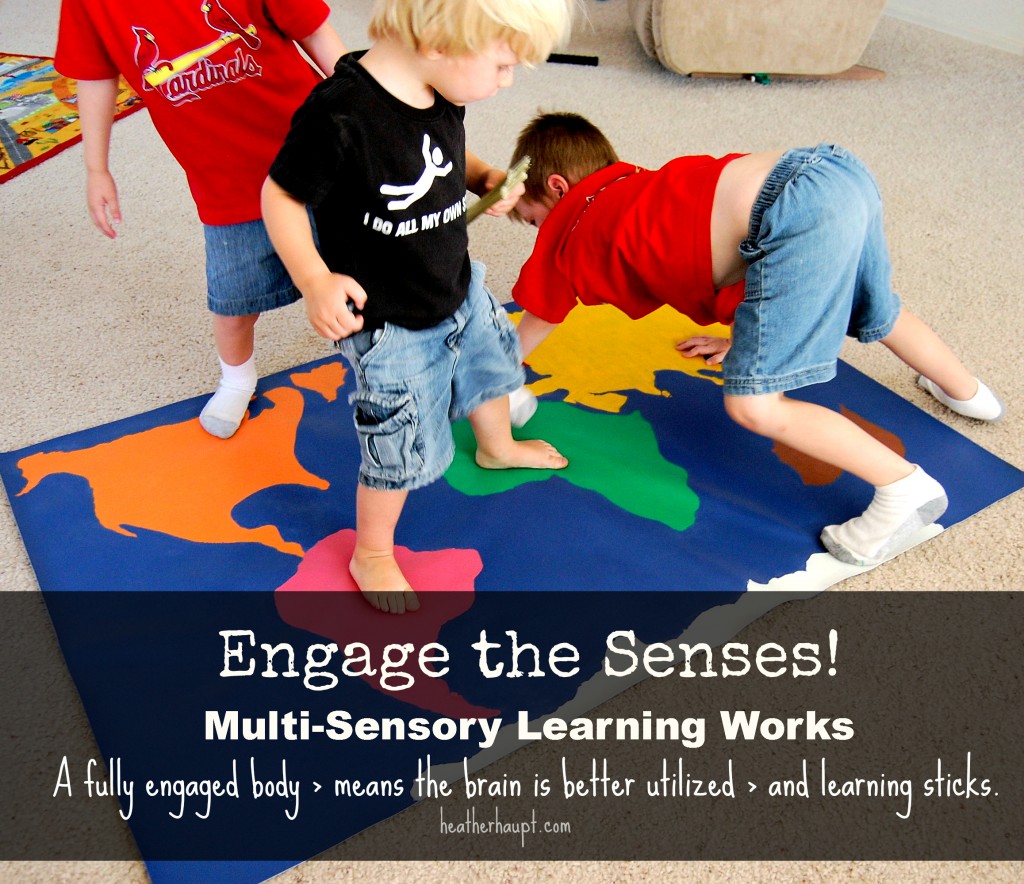
Oh I had so much fun sharing about our ‘Brain Breaks’ a few days ago and it’s been wonderful to hear how helpful these ideas have been to you all! While there are certainly times in our day where we need to get some seat work done, I love incorporating a multi-sensory, hands-on component to most of our learning so that the brain boosting benefits are built into the learning process.
Why Multi-Sensory Learning Works!
If we want to optimize learning, we need to involve the senses – hearing, sight, touch, even smell and taste. The more we diversify sensory input, the greater the impact on learning because we are diversifying connections in the brain.
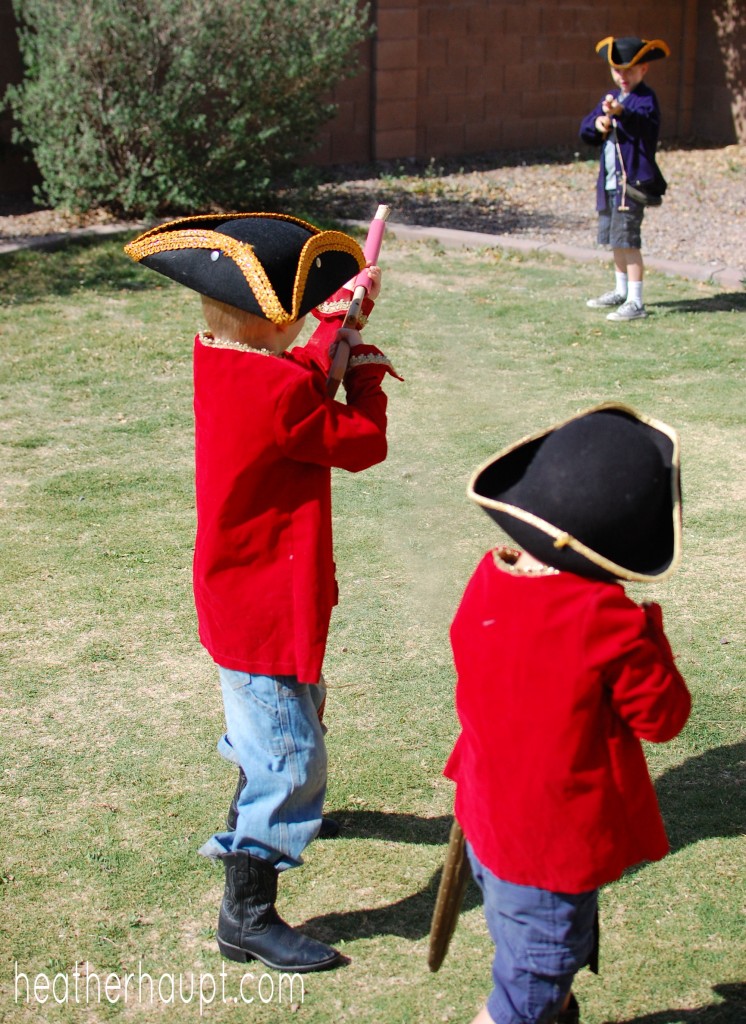
For instance, if we are learning about George Washington, it helps to not just have me tell them about him, but to read engaging ‘living books’ about him and to inspect pictorial representations. If we want to strengthen the learning impact, dressing up and getting our bodies involved by dramatizing the crossing of the Delaware or making his favorite breakfast will not only increase the connection points in their mind, but solidify it into long-term memory.
Or if you are studying geography, it is helpful to not only look at a map, but to draw your own, to get your whole body involved in exploring continents. The memory my boys have of playing with ice cubes and penguin figurines is etched into their memory. Anytime they get really cold {you have to understand, we are desert folk}, they start reminiscing about everything they know and all that they learned about Antarctica. This happens every time we enter the cold veggie area at Costco. They’ve taken to referring to this room as the Antarctica of Costco and usually bring hands inside their shirts and waddle like penguins for affect. The ‘cold sensations’ that they feel triggers these memories.
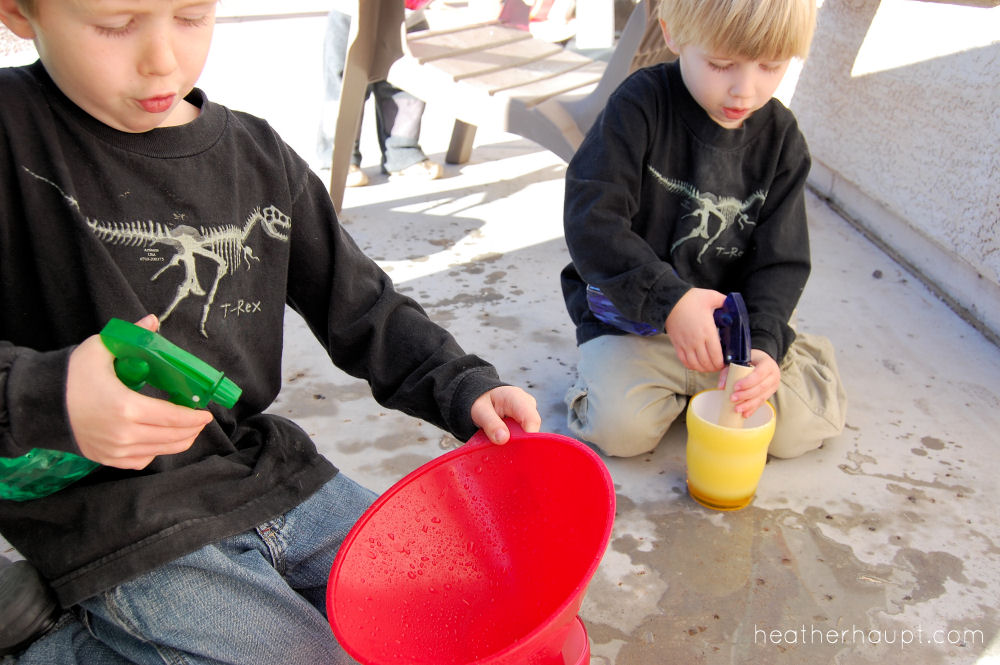
Instead of merely studying a picture of an ear and then turning around and filling in the blanks on a worksheet printable, it is making a crawl through of the ear or getting a hands-on wet look at why we have an auricle instead of just an ear canal…
It can be using math manipulative’s. It could mean taking your spelling practice outside and using ice cubes.
Remember:
A fully engaged body ->
means the brain is better utilized ->
and learning sticks.
So What’s the Deal With Hands-On Learning:
A huge part of the brain is devoted to the hand and as such what we touch and handle with our two hands shapes our cognitive, emotional, linguistic and psychological development – hence the term ‘hands-on’ learning! Actually having REAL experiences matters and wires the brain far more effectively than merely ‘watching’ or ‘listening.’ Active engagement is needed!
And does this kind of learning stick? YES, even with the youngest in our families. We had a multi-sensory approach during my homeschool childhood years. I still remember clearly the day we spent at the park learning about the make-up of an atom. We dramatized atomic theory by taking turns being {negative} electrons whipping ‘angrily’ around a {positive} proton and a {neutral} neutron. We laughed as we got our whole bodies and even our emotions involved in the process. I was in 4th or 5th grade at the time. My baby sister was only 5. About seven years later my mom was revisiting this topic with my sister. Evie calmly said she already had learned this and proceeded to explain about positive protons, negative electrons, and neutral neutrons with appropriate positive, negative and neutral facial expressions. While she still needed to learn about atomic theory in detail, she had retained a huge amount of information. We may sit down while we read or acquire information initially, but an action must be taken to anchor it into long-term working memory.
We have the ability to give our children an experience rich life where we read a lot and then optimize that information input by seeking experiences to solidify it.
So don’t just settle for passive information intake.
Seek out opportunity to engage the senses!
Tomorrow we’ll wrap up this series with some practical suggestions on transforming passive learning into active learning!
Be sure to check out other posts in my 10 day series!


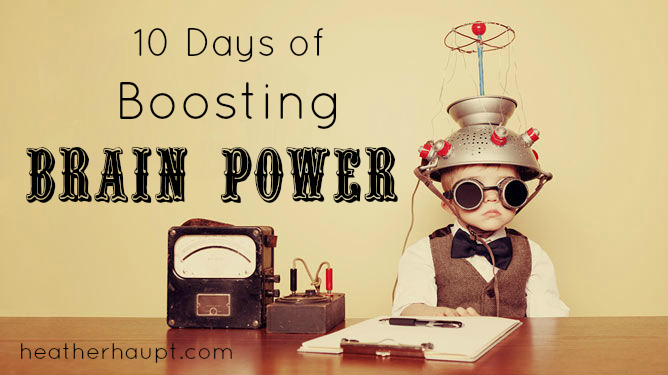
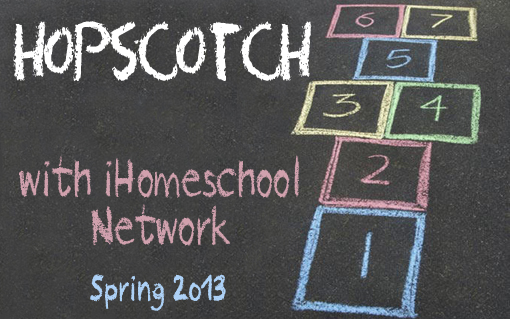
[…] Day 9: Engaging the Senses Boosts Brain Power […]